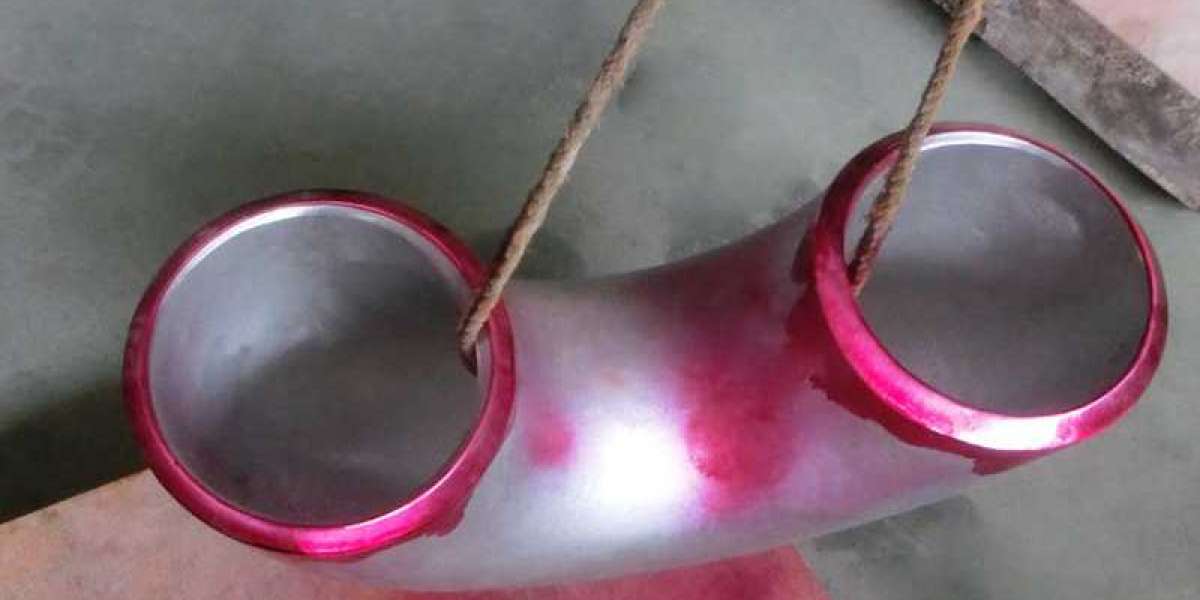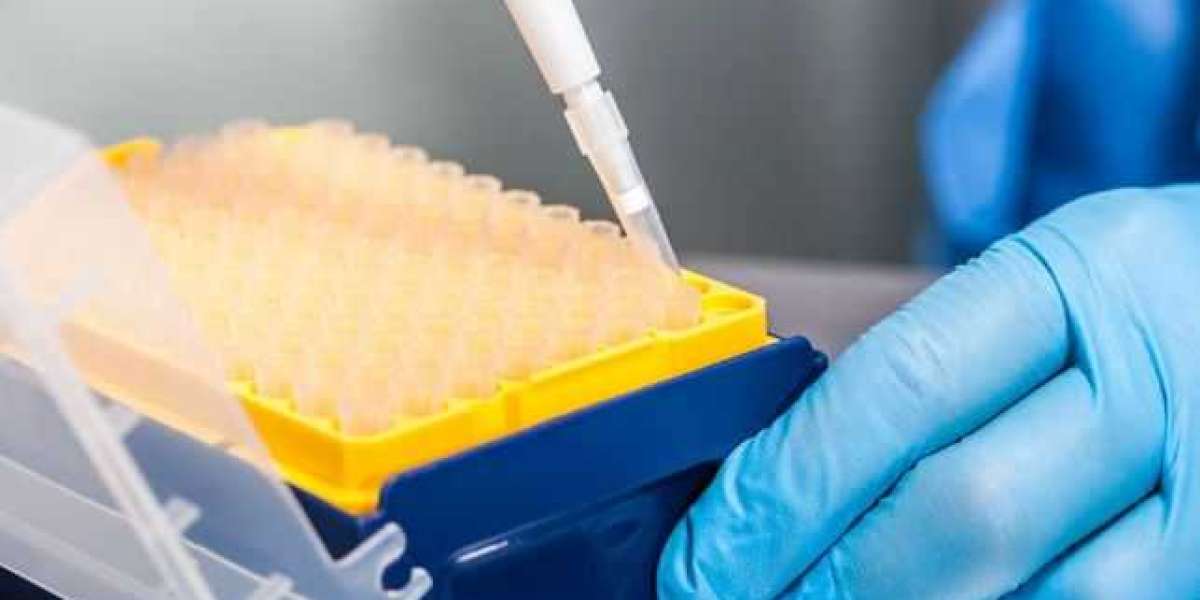The cold bending process of stainless steel round tubes is widely used in industrial manufacturing because of its simple operation and low cost. However, the springback phenomenon of metal materials during cold bending has always been a key issue affecting the accuracy of bending tubes. Springback refers to the tendency of metal to return to its original shape after processing and forming, which is affected by many factors such as bending radius, material hardness, and degree of compression. This article will explore in depth the springback control method for cold bending of stainless steel round tubes, aiming to provide effective technical reference for related processes.
1. Factors affecting the springback phenomenon
Bending radius: The springback amount is usually inversely proportional to the bending radius, that is, the smaller the bending radius, the less obvious the springback phenomenon. This is because a smaller bending radius means greater plastic deformation, which reduces the space for elastic recovery.
Material hardness: The higher the hardness of stainless steel, the greater its elastic modulus and the more significant the springback phenomenon. Therefore, in the cold bending process, the hardness of the material is an influencing factor that cannot be ignored.
Degree of compression: The role of compression is to eliminate elastic strain and make the forming process more plastic deformation. The appropriate degree of compression can effectively reduce the amount of springback. The proper selection of die position and pressure is crucial to control springback.
Friction coefficient: The friction coefficient between the tube and the die also affects the amount of springback. Increasing the friction coefficient can reduce the sliding of the tube during the bending process, which helps to reduce springback. However, too high a friction coefficient may also cause damage to the tube surface.
2. Springback control method
Mold design optimization
Bend die design: The bend die is responsible for controlling the shape of the bent tube to ensure that it can be accurately formed according to the design requirements. In order to reduce the amount of springback, the design of the bend die should fully consider the rebound characteristics of the material, and compensate by pre-estimating the rebound value and designing the corresponding pre-springback amount.
Clamp and die match: The clamp firmly fixes the position of the profile during the bending process to ensure that it can be smoothly formed through the bend die. The die is responsible for accurately feeding the profile into the bend die and starting the entire bend forming process. The clamp and die should be tightly and stably matched to avoid sliding and deformation of the tube during the bending process. By adjusting the position and pressure of the clamp and die, the fixing and pressing effect of the tube can be further optimized, thereby reducing the amount of springback.
Use of anti-wrinkle plate and mandrel: The anti-wrinkle plate is used to prevent wrinkles in the tube during bending, and its accuracy and fit are key factors in the quality of the bent tube. The mandrel is used to support the inside of the tube during bending to prevent it from sinking inward. By reasonably setting the position and parameters of the anti-wrinkle plate and mandrel, the amount of springback can be further reduced and the quality of the bent tube can be improved.
Process parameter adjustment
Bending speed: During the cold bending process, appropriate bending speed can reduce the amount of springback. Excessive bending speed may cause uneven stress distribution inside the material and increase the tendency of springback. Therefore, the appropriate bending speed should be selected according to the material properties and bending radius.
Lubrication and cooling: Good lubrication can reduce the friction coefficient between the tube and the die, reduce energy loss and springback tendency during bending. At the same time, proper cooling can maintain the plastic deformation ability of the material, which helps to reduce the amount of springback. When selecting lubricating oil, its compatibility with the inner wall of the tube should be considered, and lubricating oil that may react with the inner wall of the tube should be avoided.
Material pretreatment: Pretreatment of stainless steel round tubes before cold bending, such as annealing, can adjust their internal organizational structure, improve plastic deformation capacity, and thus reduce the amount of springback. In addition, for stainless steel materials with higher hardness, their hardness can be reduced by appropriate heat treatment to reduce the tendency of springback.
Springback compensation technology
Springback estimation: Before mold design, the springback amount of stainless steel round tubes during cold bending should be estimated by experimental or numerical simulation methods. This can be used as a basis for designing molds for compensation.
Mold adjustment: According to the estimated springback amount, the mold is adjusted accordingly. For example, a pre-springback amount is set on the bending mold to ensure that the bending radius and bending angle of the bent part after unloading meet the design requirements.
Mold trial and correction: In the actual production process, the accuracy and reliability of the mold should be verified by mold trial. According to the mold trial results, the mold should be corrected and adjusted as necessary to further optimize the springback control effect.
Quality control and inspection
Dimension inspection: After the tube is bent, precision measuring instruments should be used to check the key dimensional indicators of the bent parts to ensure that they meet the design requirements. Especially for multi-section continuous bending products, the transition connection between each section should be strictly controlled.
Mechanical property test: In order to verify the reliability and durability of the final product, a series of mechanical property evaluations such as tensile tests and bending tests should also be carried out. This helps to ensure that the product will not break or become unstable under certain load conditions.
The control of the rebound amount during the cold bending of is a complex and critical issue. By optimizing the mold design, adjusting the process parameters, applying the rebound compensation technology, and strengthening the quality control and inspection, the rebound amount can be effectively reduced and the bending accuracy can be improved. However, it should be noted that the rebound characteristics of stainless steel round tubes of different materials and specifications may be different during the cold bending process. Therefore, in the actual production process, the above control measures should be flexibly adjusted according to the specific situation to achieve the best rebound control effect.














